Jannes Münchmeyer
SeisLM: a Foundation Model for Seismic Waveforms
Oct 21, 2024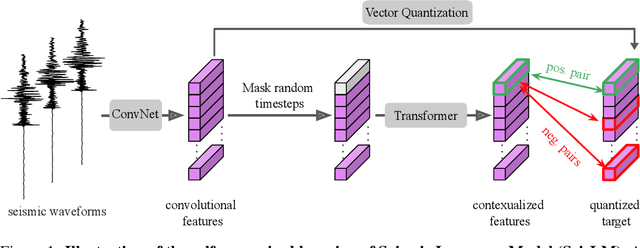

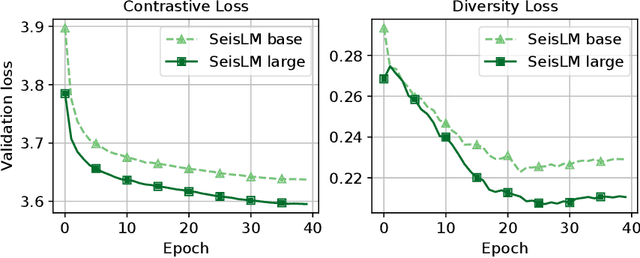
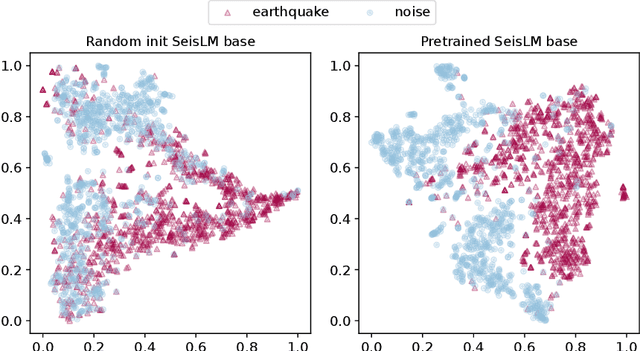
Abstract:We introduce the Seismic Language Model (SeisLM), a foundational model designed to analyze seismic waveforms -- signals generated by Earth's vibrations such as the ones originating from earthquakes. SeisLM is pretrained on a large collection of open-source seismic datasets using a self-supervised contrastive loss, akin to BERT in language modeling. This approach allows the model to learn general seismic waveform patterns from unlabeled data without being tied to specific downstream tasks. When fine-tuned, SeisLM excels in seismological tasks like event detection, phase-picking, onset time regression, and foreshock-aftershock classification. The code has been made publicly available on https://github.com/liutianlin0121/seisLM.
HunFlair: An Easy-to-Use Tool for State-of-the-Art Biomedical Named Entity Recognition
Aug 18, 2020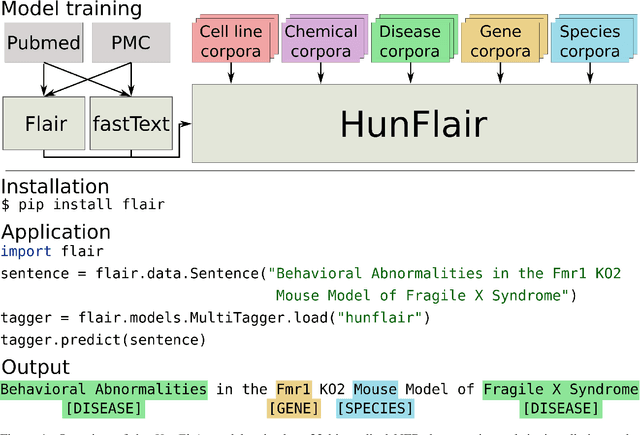

Abstract:Summary: Named Entity Recognition (NER) is an important step in biomedical information extraction pipelines. Tools for NER should be easy to use, cover multiple entity types, highly accurate, and robust towards variations in text genre and style. To this end, we propose HunFlair, an NER tagger covering multiple entity types integrated into the widely used NLP framework Flair. HunFlair outperforms other state-of-the-art standalone NER tools with an average gain of 7.26 pp over the next best tool, can be installed with a single command and is applied with only four lines of code. Availability: HunFlair is freely available through the Flair framework under an MIT license: https://github.com/flairNLP/flair and is compatible with all major operating systems. Contact:{weberple,saengema,alan.akbik}@informatik.hu-berlin.de
NLProlog: Reasoning with Weak Unification for Question Answering in Natural Language
Jun 14, 2019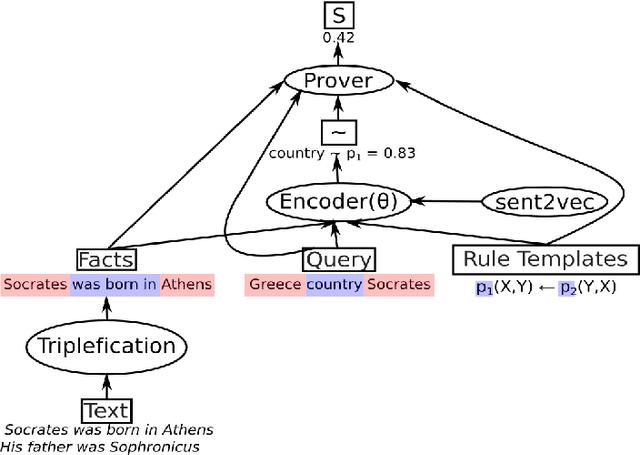
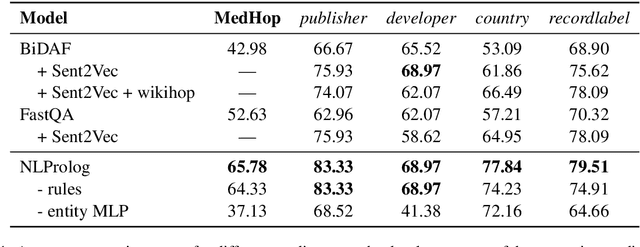
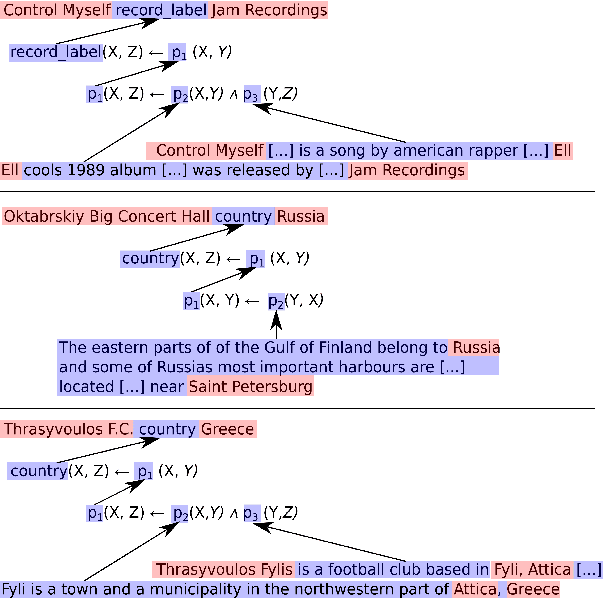
Abstract:Rule-based models are attractive for various tasks because they inherently lead to interpretable and explainable decisions and can easily incorporate prior knowledge. However, such systems are difficult to apply to problems involving natural language, due to its linguistic variability. In contrast, neural models can cope very well with ambiguity by learning distributed representations of words and their composition from data, but lead to models that are difficult to interpret. In this paper, we describe a model combining neural networks with logic programming in a novel manner for solving multi-hop reasoning tasks over natural language. Specifically, we propose to use a Prolog prover which we extend to utilize a similarity function over pretrained sentence encoders. We fine-tune the representations for the similarity function via backpropagation. This leads to a system that can apply rule-based reasoning to natural language, and induce domain-specific rules from training data. We evaluate the proposed system on two different question answering tasks, showing that it outperforms two baselines -- BIDAF (Seo et al., 2016a) and FAST QA (Weissenborn et al., 2017b) on a subset of the WikiHop corpus and achieves competitive results on the MedHop data set (Welbl et al., 2017).
 Add to Chrome
Add to Chrome Add to Firefox
Add to Firefox Add to Edge
Add to Edge